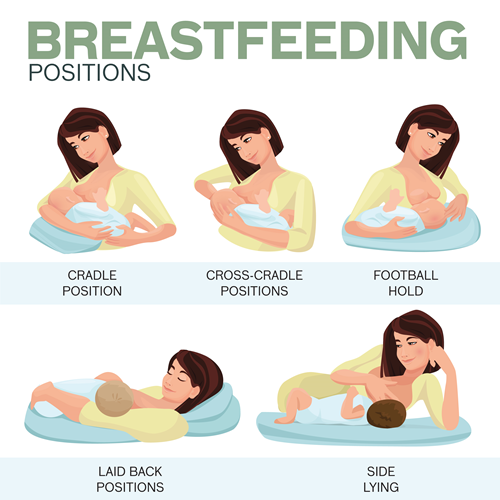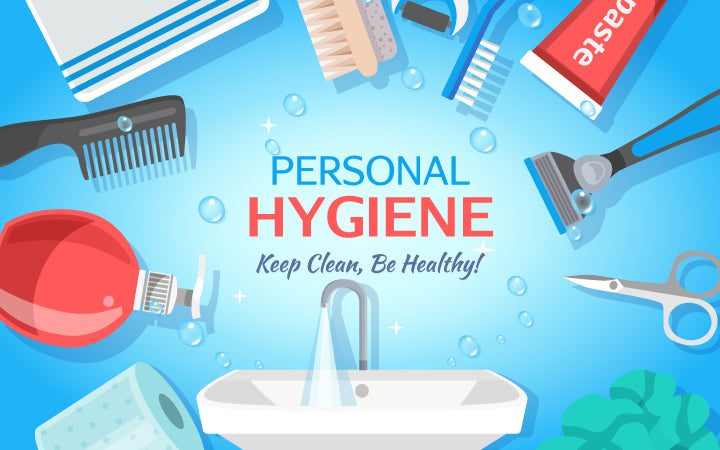Breastfeeding is one of the most natural and beneficial acts a mother can do for her baby. It provides the ideal nutrition, strengthens immunity, and builds a powerful emotional bond. However, while breastfeeding is natural, it doesn’t always come naturally. Learning the right techniques can make the experience easier and more rewarding.
🌟 Why Breastfeeding Matters
Breast milk is packed with the perfect blend of nutrients, antibodies, and enzymes that protect and nourish your baby. Benefits include:
-
For baby: Boosted immunity, reduced risk of infections, healthy growth, and brain development.
-
For mother: Lower risk of postpartum bleeding, faster weight loss, reduced risk of breast and ovarian cancers.
🪑 Preparing to Breastfeed
Before you begin:
-
Choose a comfortable position (bed, chair, or couch)
-
Support your back and arms with pillows
-
Hold your baby close, skin-to-skin if possible
-
Ensure you’re calm and relaxed
✅ Key Principles of Good Breastfeeding Technique
1. Proper Latch
A good latch is crucial to ensure your baby gets enough milk and to prevent nipple pain.
Signs of a good latch:
-
Baby’s mouth is wide open
-
Baby takes in a large portion of the areola (not just the nipple)
-
Baby’s chin touches the breast
-
No pain or pinching feeling
2. Correct Positioning
Popular breastfeeding positions include:
a. Cradle Hold
-
Baby lies in your arm on the same side you're feeding from
-
Head rests in the bend of your elbow, facing the breast
b. Cross-Cradle Hold
-
Opposite arm supports the baby, while the feeding-side hand holds the breast
c. Football (Clutch) Hold
-
Baby tucked under your arm like a football
-
Great for C-section recovery or small babies
d. Side-Lying Position
-
You and your baby lie on your sides, facing each other
-
Ideal for night feeds or mothers recovering from birth
e. Laid-back Position (Biological Nurturing)
-
Recline comfortably while baby lies on your chest
-
Baby uses natural instincts to find the breast
🍼 How Often to Breastfeed
-
Newborns feed 8–12 times in 24 hours
-
Feed on demand (whenever baby shows hunger signs like rooting, sucking, or crying)
-
Allow baby to finish one breast before offering the other
⏱ How Long Should Each Feed Be?
-
Feeds may last 10–45 minutes
-
Let the baby finish one side (they will slow or unlatch) before switching
🛑 Common Breastfeeding Challenges and Solutions
| Challenge | Solution |
|---|---|
| Sore nipples | Check latch, use nipple cream, air-dry after feeds |
| Engorgement | Nurse often, express milk to relieve fullness |
| Low milk supply | Nurse frequently, stay hydrated, avoid stress |
| Blocked duct | Massage breast, warm compresses, frequent feeding |
| Baby not latching | Try skin-to-skin contact, express and feed with cup/spoon if needed, seek help |
🤝 When to Seek Help
Consult a lactation consultant or healthcare provider if:
-
Baby isn't gaining weight
-
You experience severe nipple pain or bleeding
-
Baby has difficulty latching
-
You feel overwhelmed or discouraged
📌 Quick Tips for Breastfeeding Success
✅ Feed baby on demand
✅ Practice good hygiene (clean hands and nipples)
✅ Stay hydrated and eat well
✅ Rest when baby rests
✅ Be patient—it gets easier with time
“Breastfeeding is a learned skill—for both mother and baby. With the right technique and support, you can do it.”
🧠 Final Thoughts
Breastfeeding is a journey, not a race. By using the right techniques and getting help when needed, you can make it a positive and empowering experience. Remember, every drop of breast milk counts—so keep going, mama!





Comments (0)
Leave a Comment
No comments yet. Be the first to share your thoughts!